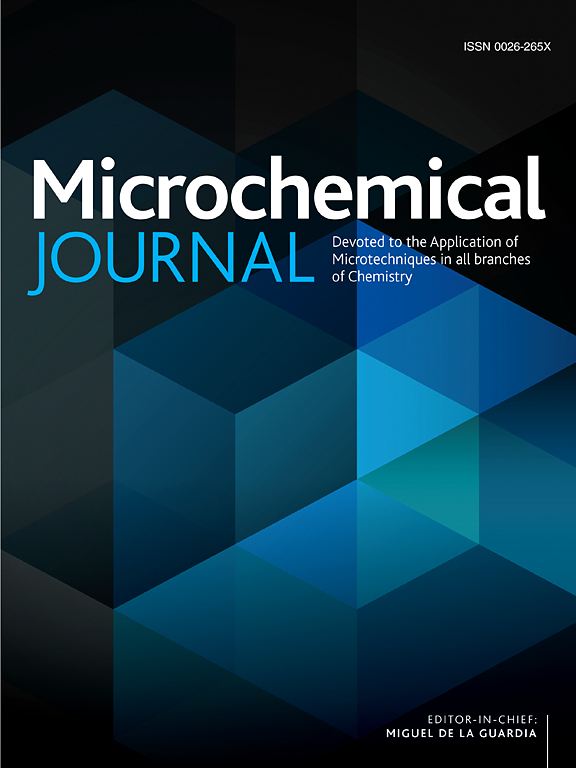Hair analysis to document ayahuasca consumption by LC-MS/MS
IF 4.9
2区 化学
Q1 CHEMISTRY, ANALYTICAL
引用次数: 0
Abstract
Ayahuasca is a hallucinogenic drink consumed during shamanic rituals for spiritual and curative purposes. In recent years, the use of this beverage was no longer restricted to the Amazon rainforest but has spread all over the world and notably in Europe. The internationalisation of Ayahuasca raises risks associated with its consumption during rituals performed by individuals lacking in knowledge of the psychotropic ingredients and who could abuse the situation of an emotional and a physical vulnerability. To document exposure to ayahuasca, hair analysis could be very helpful, with application in both clinical and historical contexts to evidence the consumption of this substance. This can also be done on archaeological specimens. In this study, the hair of a subject suspected of ayahuasca consumption were analysed using an original LC-MS/MS method. The three β-carbolines harmine (2.5–1,300 pg/mg), harmaline (30–89,700 pg/mg) and tetrahydroharmine (2.2–2.5 pg/mg) and the tryptamines 5-OH-DMT (2–62 pg/mg) and 5-MeO-DMT (< LOQ) tested positive. Dimethyltryptamine tested negative.
For the first time, values of all β-carbolines and 5-OH-DMT in hair are displayed in the literature. The absence of dimethyltryptamine in the hair proves that the analytical strategy to be used to evidence ayahuasca consumers should not be directed at the single research of DMT.
Since there is not a single ayahuasca recipe, it will be necessary to test not only DMT but also the other ayahuasca alkaloids such as β-carbolines (harmine, harmaline and THH) and other tryptamines (5-OH-DMT and 5-MeO-DMT) to fully document exposure.

求助全文
约1分钟内获得全文
求助全文
来源期刊

Microchemical Journal
化学-分析化学
CiteScore
8.70
自引率
8.30%
发文量
1131
审稿时长
1.9 months
期刊介绍:
The Microchemical Journal is a peer reviewed journal devoted to all aspects and phases of analytical chemistry and chemical analysis. The Microchemical Journal publishes articles which are at the forefront of modern analytical chemistry and cover innovations in the techniques to the finest possible limits. This includes fundamental aspects, instrumentation, new developments, innovative and novel methods and applications including environmental and clinical field.
Traditional classical analytical methods such as spectrophotometry and titrimetry as well as established instrumentation methods such as flame and graphite furnace atomic absorption spectrometry, gas chromatography, and modified glassy or carbon electrode electrochemical methods will be considered, provided they show significant improvements and novelty compared to the established methods.
 求助内容:
求助内容: 应助结果提醒方式:
应助结果提醒方式:


